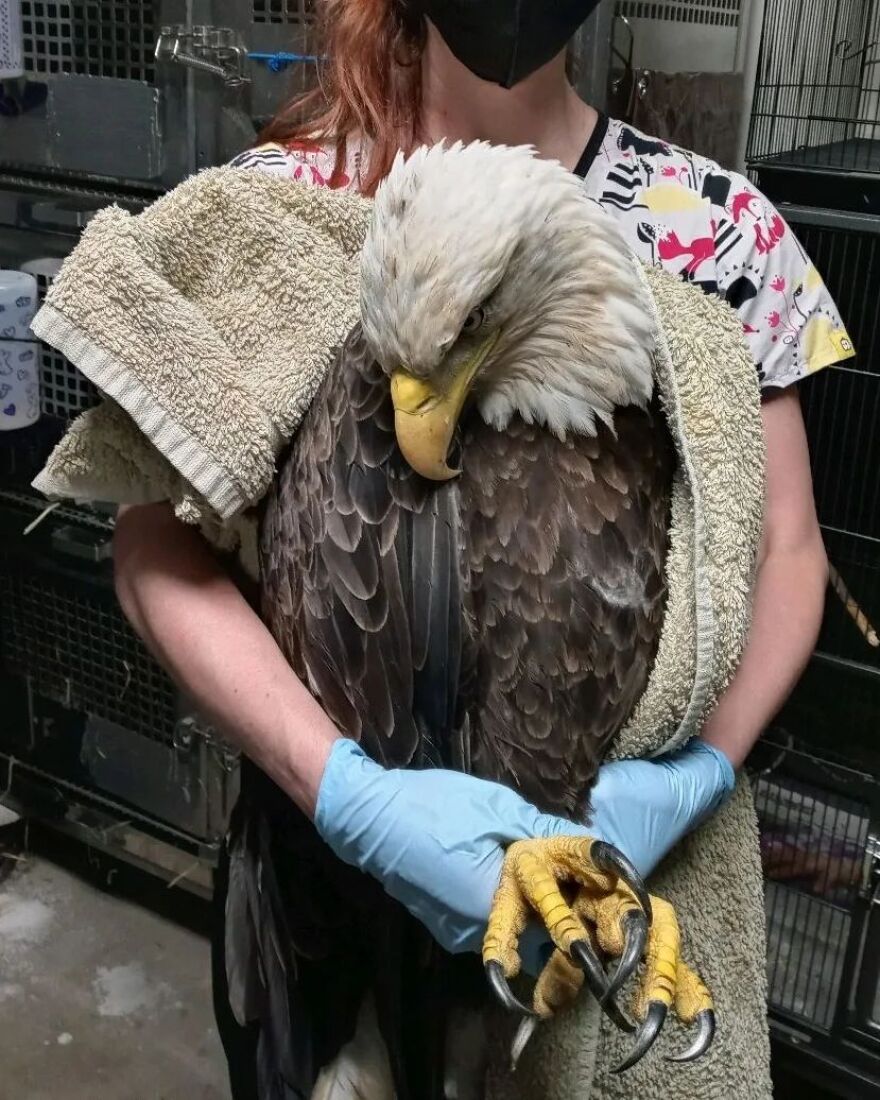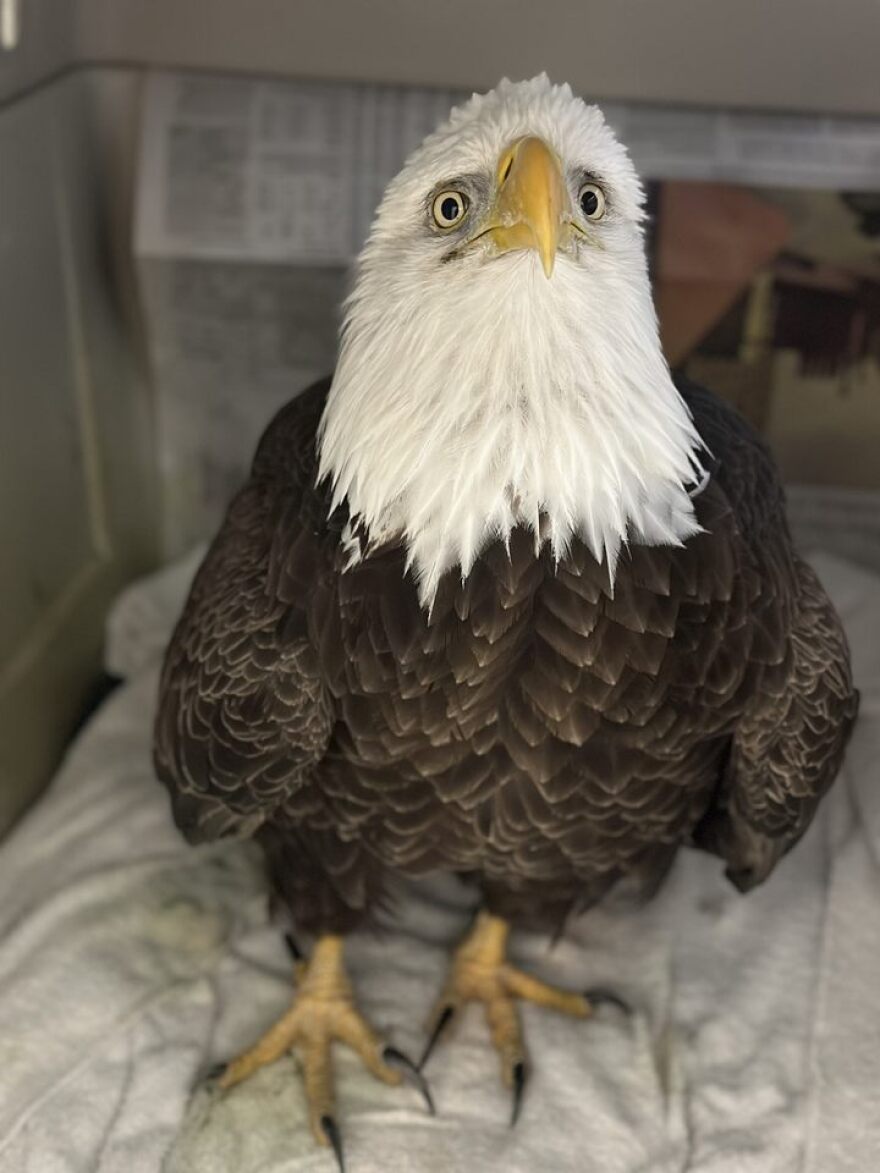At Centre Wildlife Care, a central Pennsylvania nonprofit focused on wildlife rehabilitation, they treat everything from baby bunnies to bald eagles. When things go well, that means releasing animals back into the wild. But that’s not always possible.
Case in point: a bald eagle they recently tried to treat for lead poisoning.
“Usually when we have an eagle, it takes two or three people to hold them and medicate them and treat them or to take blood. This eagle was so weak, one person could easily pick this bird up," said Robyn Graboski, a certified wildlife rehabilitator and Centre Wildlife's founder and director.
The state Game Commission had found the eagle and brought it to Centre Wildlife, but they couldn’t save it.
“That's the characteristic sign of lead toxicity — they become very weak, too weak to fight, too weak to fly," Graboski said. "And they become grounded. They can't go anywhere.”

Bald eagle populations in Pennsylvania and the United States have rebounded over the years, but some are still dying from lead poisoning.
Graboski said there’s a simple solution: using non-lead ammunition and fishing gear.
“And it's not just for wildlife," she said. "If you are hunting and feeding your family, that meat could have lead in it too, and it could be a powdery residue that you don't see.”
Another option, Graboski said, is using less expensive lead ammo when target shooting at target practice sites, but switching to copper when hunting.



